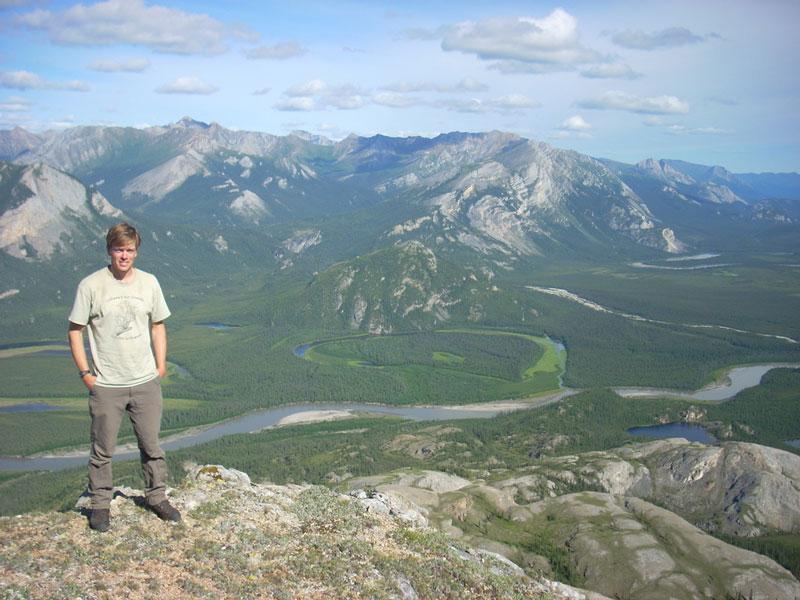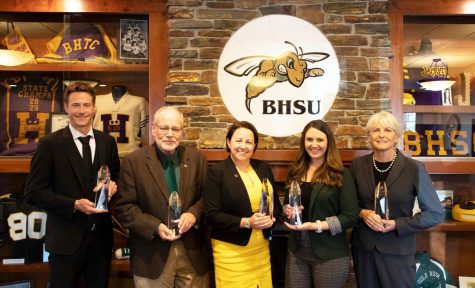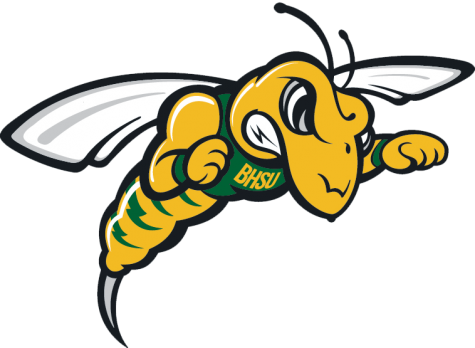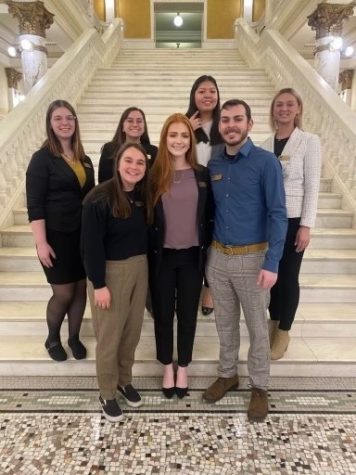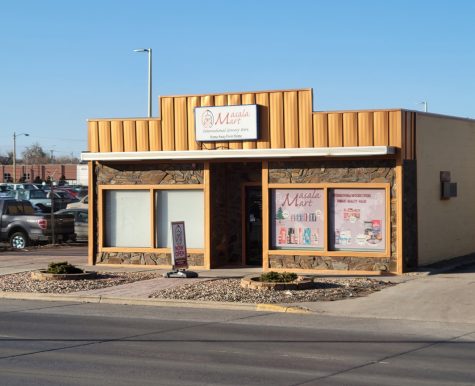Scientist studies lichens in Denali National Park
Dr. Peter Nelson studies lichens in Denali National Park.
Dr. Peter Nelson was the guest speaker on Oct. 18. Dr. Nelson is a post-doctoral researcher at Oregon State University in the Department of Botany and Plant Pathology. He studies Lichens in different parts of the world.
Lichens are plant like structures that grow in harsh environments such as tundra. Ninety-nine percent of lichens are fungi. Algae and cynobacteria also form lichens. Sometimes all three can be found together. There are over 12,000 species worldwide. Around the Black Hills, small flat plants growing on rocks are examples of lichens that are familiar to the area.
Nelson’s talk included information about his research done at Denali National Park and Preserve in Alaska. His lecture focused on two main points, how fire and burned areas affect lichen distribution and seeing lichens from space. His research is important because lichens are the only thing caribou have to eat in the winter. They also add nitrogen to soil and increase biodiversity.
The first part of his lecture focused on different types of lichens and how they are affected and distributed in areas of the park that have suffered from recent burns to areas that had never burned or hadn’t had a burn in over 100 years.
The first step in his research was to divide the lichens up by their traits. Whether they are tall, flat or branched, etc.
“These traits are expected to be related to moisture regulation, photobiotic physiology, dispersal ability and competitors,” said Nelson.
Nelson then took sample plots that had different amounts of time since they had last seen fire. He began researching the types of lichen found there and the distribution of each type. What Nelson found was that some types did really well after a recent burn. The lichens that were most commonly found after a recent burn were a type that live on dead wood. This makes sense because there would be a lot of dead wood that was not completely burned after a recent fire. The other type of lichens found in recent burn areas were lichens with an easy dispersal method. In other words, lichens that can break off or loose spores that are then easily transferred by wind or an animal’s foot to a new location.
The second part of his talk focused on lichens from space. What they found out with this research is that the yellow lichens reflect back more light and are easier to spot from space. These types of lichen are known as cladonia stellaris. They grow in soil or gravel and form in patches that appear to have dense branching when viewed from above.
The School of Natural Sciences host guest speakers every Friday from 4a��5 p.m. in Jonas Room 305. The speakers for these talks come from a variety of scientific areas of study. Many days there will be a small snack provided before the lecture. Everyone is welcome to attend, so students shouldn’t pass it up just because they may not be a science major. For more information on lichens or this study, visit Dr. Peter Nelson’s website at PeterNelson.Weebly.com.


